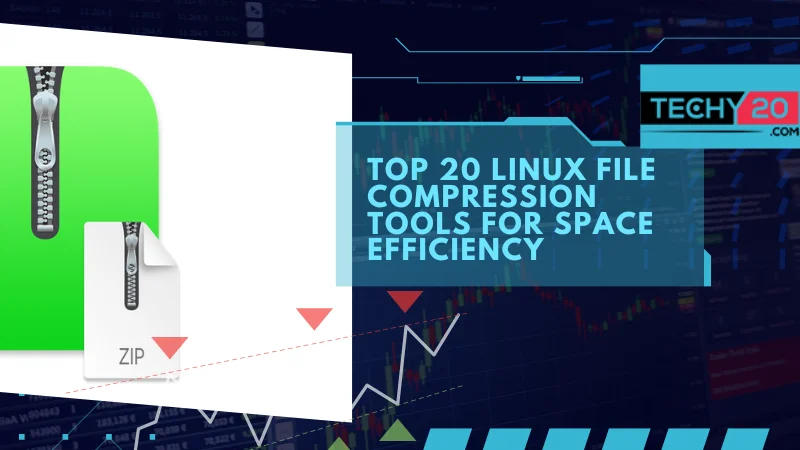Managing disk space and efficiently transferring files require file compression. The Linux ecosystem is available for file compression, offering different compression algorithms, ratios, and features. This article aims to explore 20 file compression tools for Linux that specifically prioritize space efficiency. These tools enable users to efficiently reduce the size of files, making it easier to store and transfer data while conserving disk space.
1. Gzip
Gzip is a compression tool used in the Linux environment known for its compression and decompression processes. It effectively reduces file sizes. It Generates compressed files with the “extension. Due to its usage, gzip has become a tool for compressing and decompressing files on Linux systems. Its benefits are particularly noticeable to web servers, as it facilitates file transmission over networks.
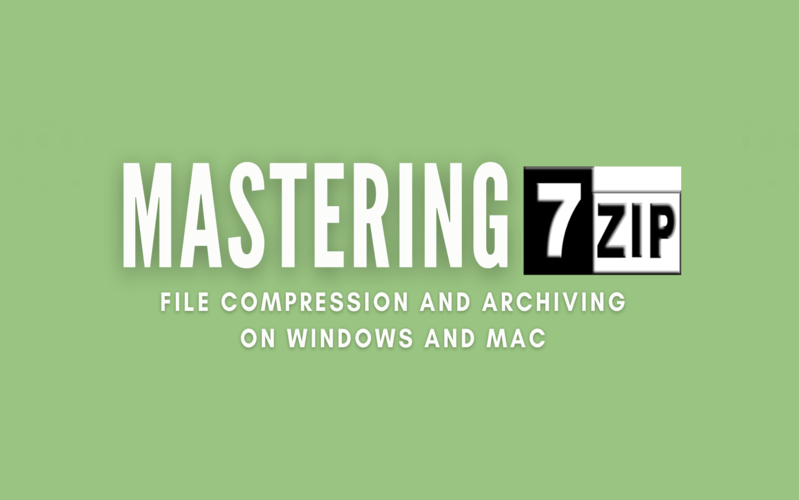
2. bzip2
Similar to gzip, bzip2 is another known compression tool for Linux. What sets Bzip2 apart is its ability to achieve compression ratios compared to Gzip by utilizing the Burrows-Wheeler algorithm. When you use bzip2 to compress a file, it produces compressed files with the “extension. It makes bzip2 a choice when aiming to maximize space efficiency while reducing file sizes. It’s important to note that bzip2 can be slower in terms of compression and decompression speeds compared to gzip.
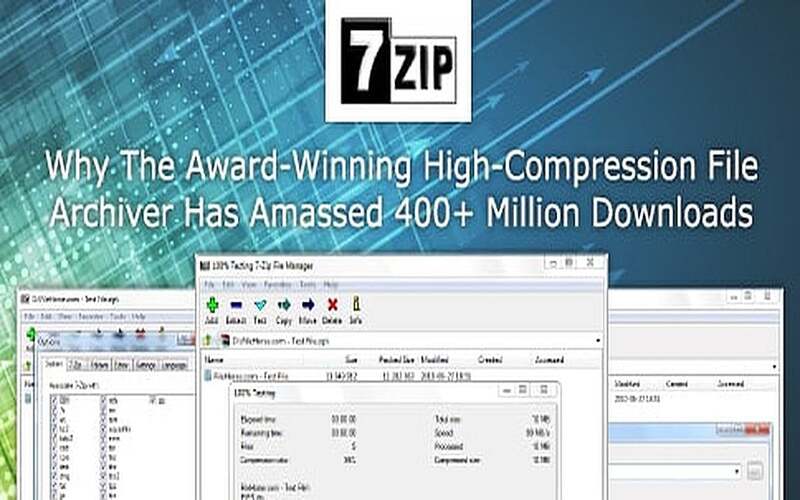
3. XZ
XZ is another file format in Linux that employs the LZMA compression algorithm. The main goal of its design is to achieve compression rates without sacrificing decompression speed. Unlike ZIP, the XZ format can only store one file at a time. If you want to compress multiple files into an XZ archive, you would need an archive containing all the files (such as a tar archive) and then compress that archive using the XZ format. XZ is supported by popular compression programs like 7-zip and p7zip, making it a widely used format for compression and decompression tasks.

4. Lzip
Lzip is a known compression tool that is gaining popularity. It has its own set of features and advantages. Unlike compression tools, Zip focuses on providing a reliable method for archiving files. While it may not be the same as Zip or Rar, Zip offers encryption options to ensure the security of your sensitive files. With its growing user base, Zip is becoming a choice for those looking for a compression tool. Lzip employs the LZMA algorithm. It Generates files with the “.lz” extension. Its goal is to achieve compression rates while maintaining compatibility without sacrificing efficiency.

5. LZMA
The LZMA utility is a compression tool that utilizes the LZMA algorithm. It delivers compression ratios, albeit at a slower pace when compared to alternative tools.

6. Pigz
Pigz is a parallel implementation of Gzip that takes advantage of multiple processor cores. It offers faster compression and decompression speeds for large files.
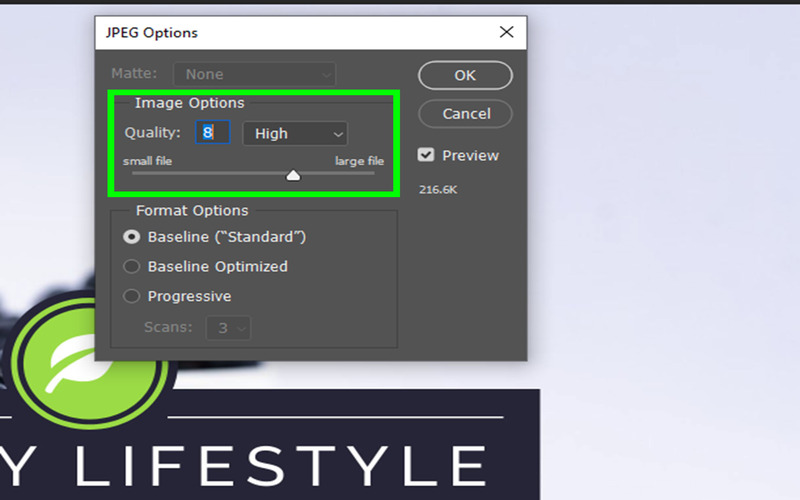
7. pbzip2
Pbzip2 is a parallel implementation of bzip2. It can utilize multiple CPU cores to achieve faster compression and decompression of files.
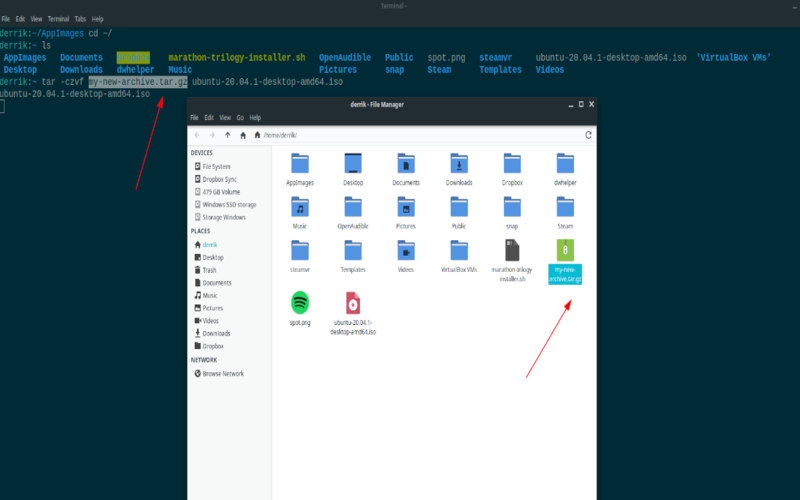
8. lbzip2
lbzip2 is an alternative to pbzip2 that provides an independent implementation of the bzip2 compression algorithm. It leverages multiple processor cores, allowing for parallel compression and decompression. As a result, lbzip2 can achieve faster compression and decompression speeds compared to the sequential version of bzip2. It makes it an excellent choice for users seeking improved performance when working with bzip2-compressed files. It makes lbzip2 especially useful for compressing and decompressing files. With its focus on processing, lbzip2 provides a choice for users who want optimized performance for their bzip2 compression tasks.
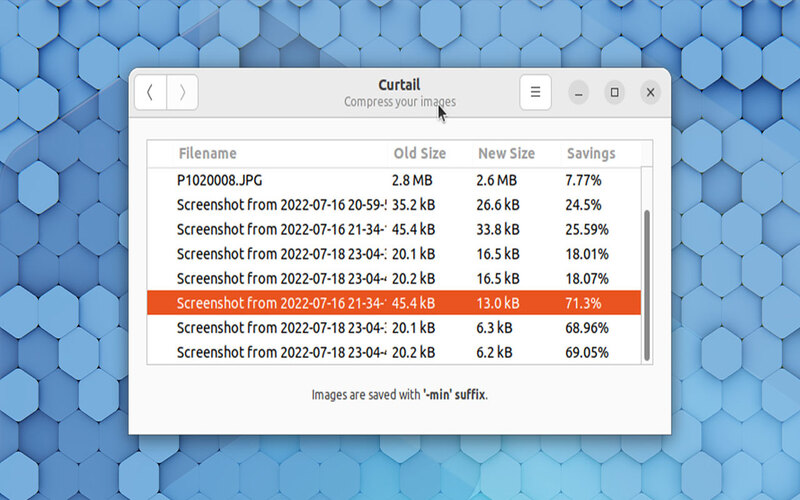
9. p7zip
p7zip is a command-line tool that supports 7z archives. It delivers compression ratios. Includes features like encryption and multi-threaded. It is known for its high compression ratios, which can result in significantly smaller archive sizes compared to other compression formats. p7zip also offers encryption to secure your archived files and multi-threading to leverage multiple CPU cores for faster compression and decompression speeds. It is a versatile and powerful tool for handling archives in the 7z format.
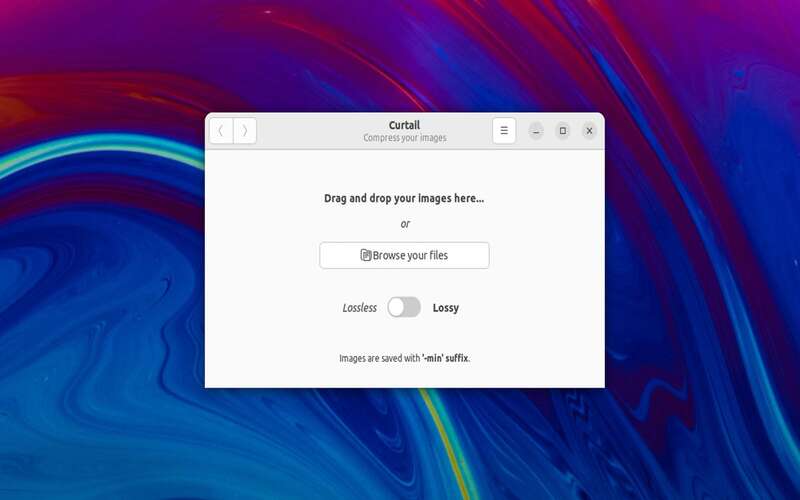
10. Zstd
Zstd is gaining popularity due to its compression ratios and speedy compression and decompression capabilities. It strikes a balance between ratio and performance.
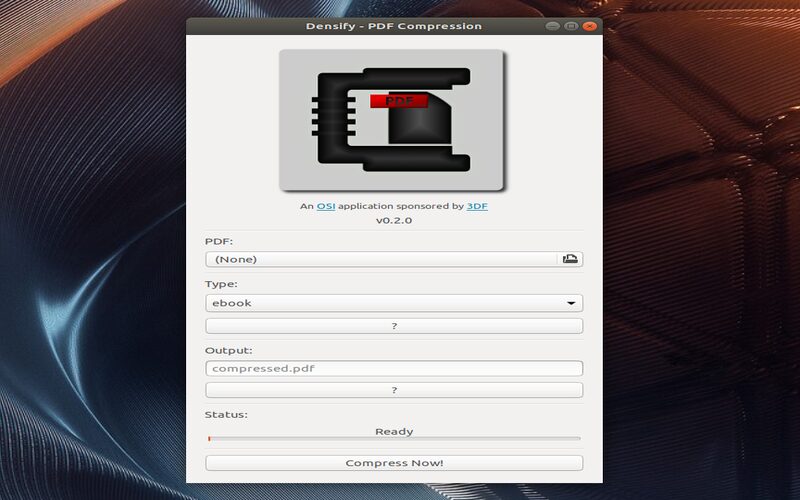
11. Lzop
Lzop is renowned for its fast compression and decompression speeds. Although it has compression ratios, it is for real-time compression scenarios where speed achieves the highest compression ratios. Real-time applications benefit from Lzop’s ability to quickly compress and decompress data, ensuring efficient data transfer and processing in time-sensitive situations. Its focus on speed makes it a popular choice in various industries, such as network communications and data streaming.
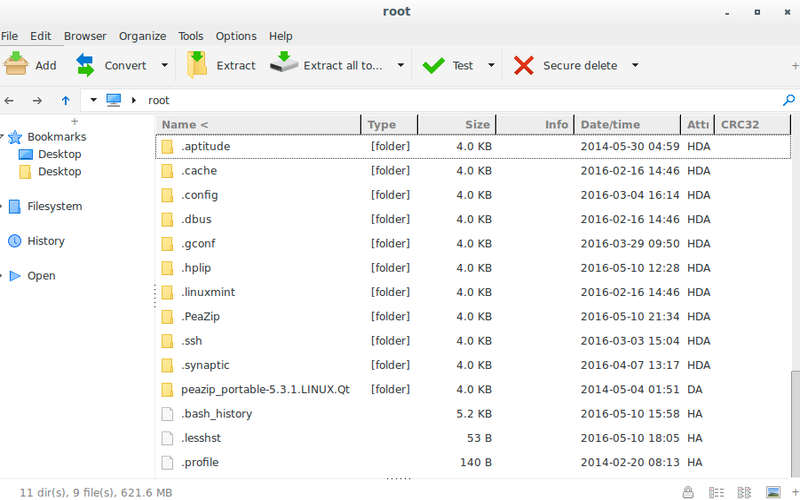
12. Compress
Compress is a legacy compression tool that generates files with the “extension. Although efficient tools have replaced it, some systems still support it.
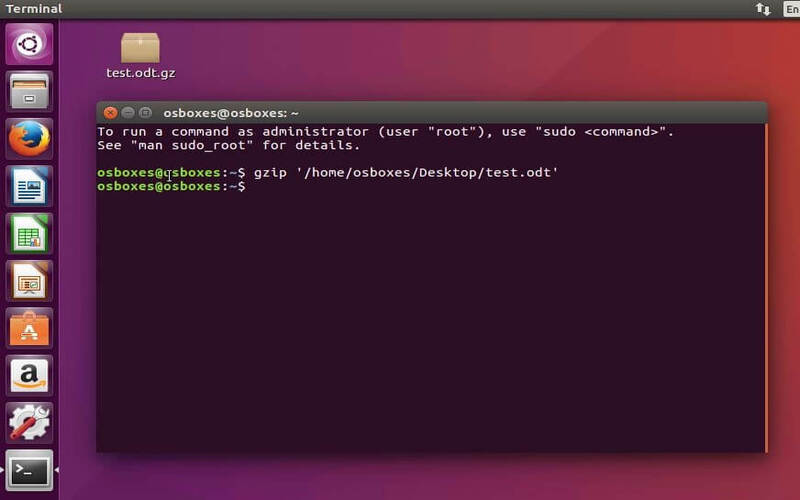
13. Arc
Arc is a utility for compressing and archiving files in various formats while providing encryption options. Users appreciate its simplicity and user interface. Arc is a user-friendly utility that offers compression and archiving capabilities for file formats. One of its standout features is the option to encrypt files, ensuring secure storage and transmission of sensitive data. Along with its simplicity and intuitive user interface, Arc provides a convenient solution for users seeking an all-in-one tool for compressing, archiving, and encrypting files.

14. Unace
Unace is a tool that specializes in extracting files from ACE archives. It can handle password-protected archives as multi-volume archives. In contrast, Unalz is a utility designed for files from ALZ archives. It offers a user-friendly, straightforward approach to decompressing ALZ archives on Linux systems.
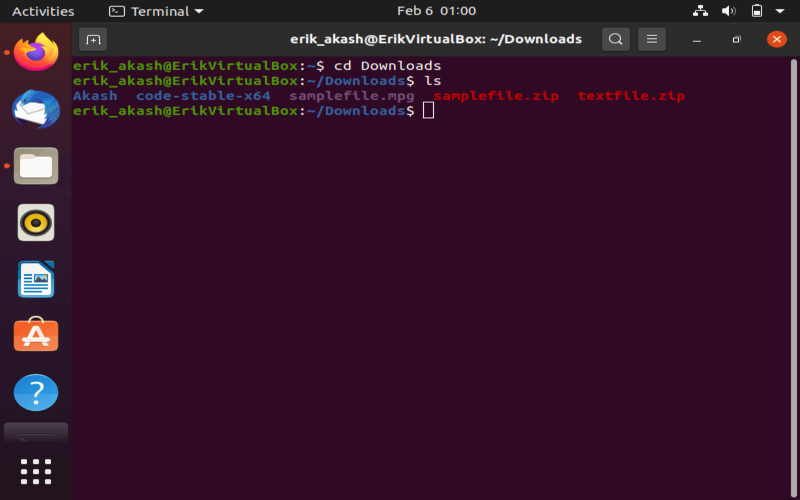
15. Ulnar
Ulnar is a versatile tool that allows users to extract files from various archive formats, including RAR, Zip, and TAR. It provides a unified interface, making it convenient to work with different types of archives within a single tool. With Ulnar, users can extract files easily, regardless of the specific archive format used, saving time and effort by avoiding the need for multiple extraction tools.
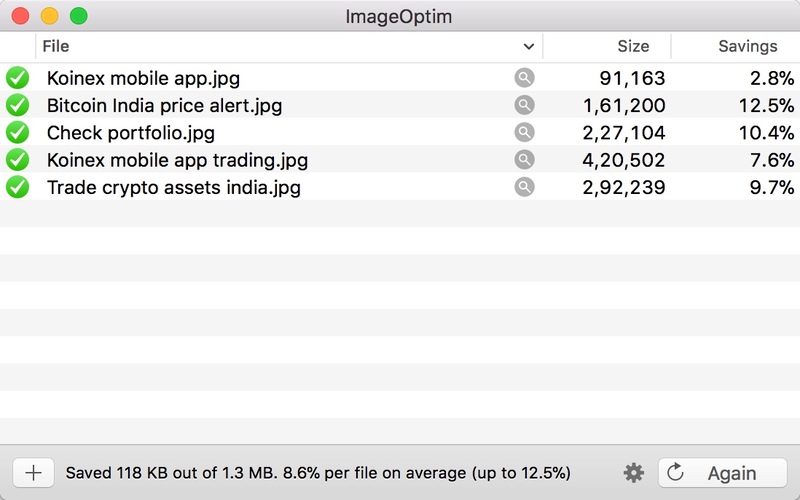
16. Zzip
It is a compression and decompression tool that focuses on efficiency. Zzip uses advanced algorithms to optimize the compression process, maximizing the compression ratio while maintaining the speed and efficiency of the tool.
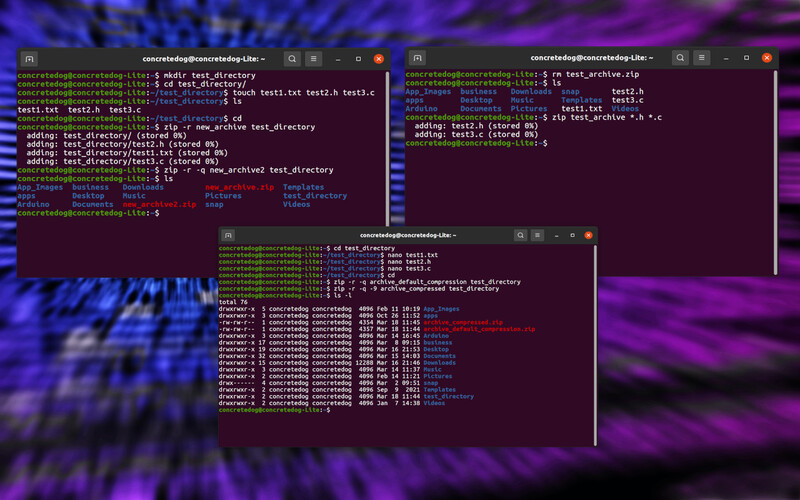
17. ArcTan
ArcTan is a compression utility that prioritizes simplicity and ease of use. It is to be user-friendly, making it accessible to technical and non-technical users. ArcTan supports various file formats, ensuring compatibility across different platforms.
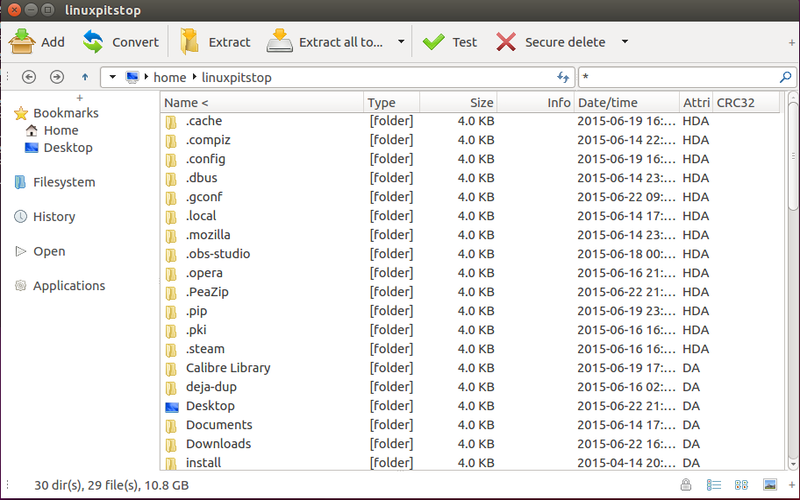
18. NanoZip
NanoZip is a compression tool that emphasizes ultra-high compression ratios, enabling minimal file sizes. It utilizes advanced compression algorithms and techniques to achieve superior compression ratios, significantly reducing the size of the compressed files.
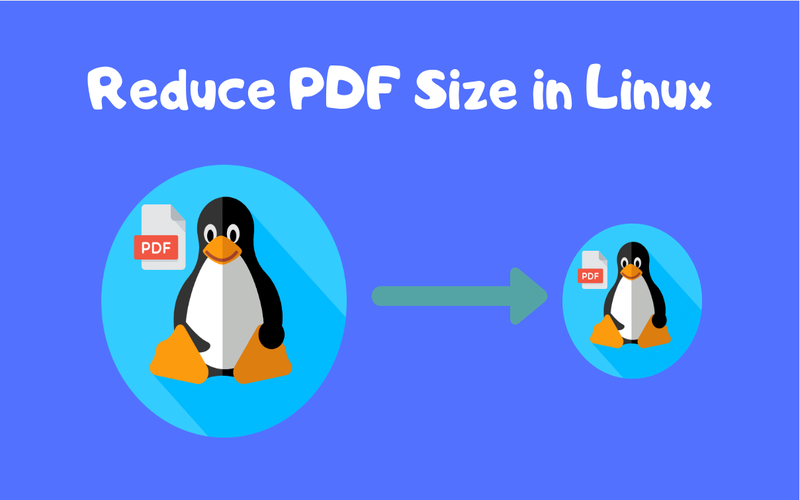
19. SquashFS
SquashFS is a specialized tool for creating read-only file systems. SquashFS uses a patented compression algorithm to compress files into a file system, reducing the size of the file system image. By creating read-only file systems, SquashFS ensures the integrity and security of the files, preventing accidental modifications or unauthorized access.
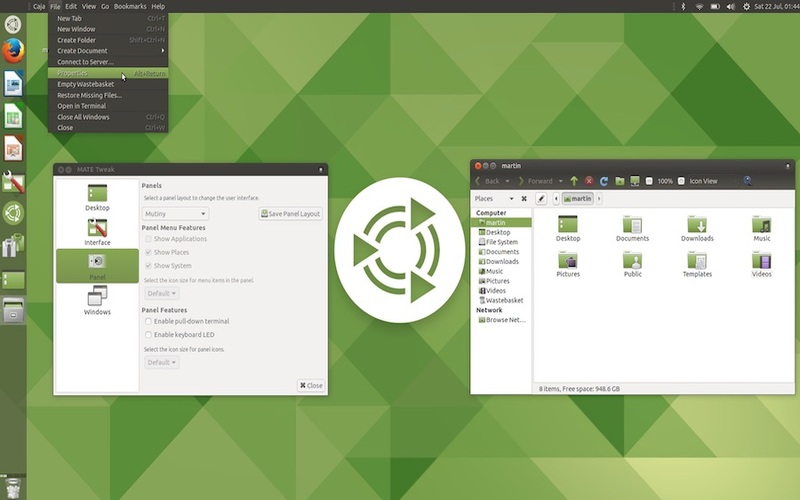
20. ShrinkTo5
The user-friendly interface of ShrinkTo5 makes it accessible to users of all levels of technical expertise. The software provides clear instructions and prompts, making the compression process intuitive and easy to understand.
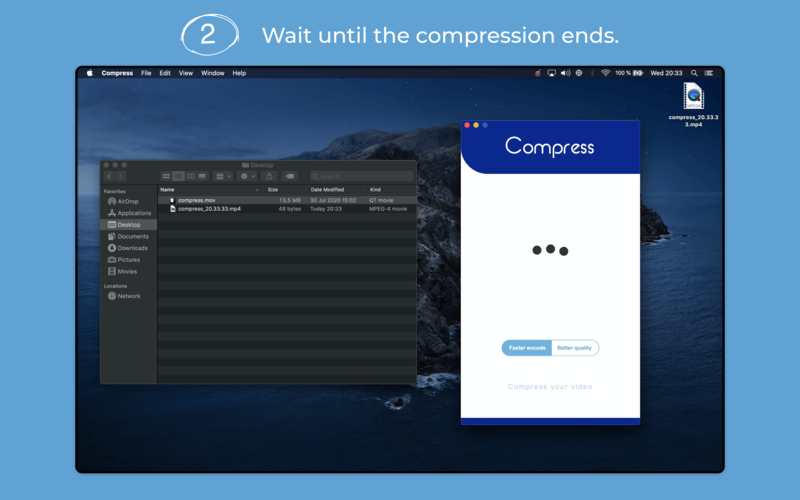
Conclusion
When selecting a Linux file compression tool for space-saving purposes, it’s essential to consider various factors such as compression ratio, performance, compression method, compatibility with different systems, and the specific archive format you’re working with. Balancing between compression ratios and performance is crucial. Some tools prioritize higher compression ratios, which result in smaller file sizes but might take longer to compress or decompress. Others prioritize faster performance and may offer slightly lower compression ratios.

